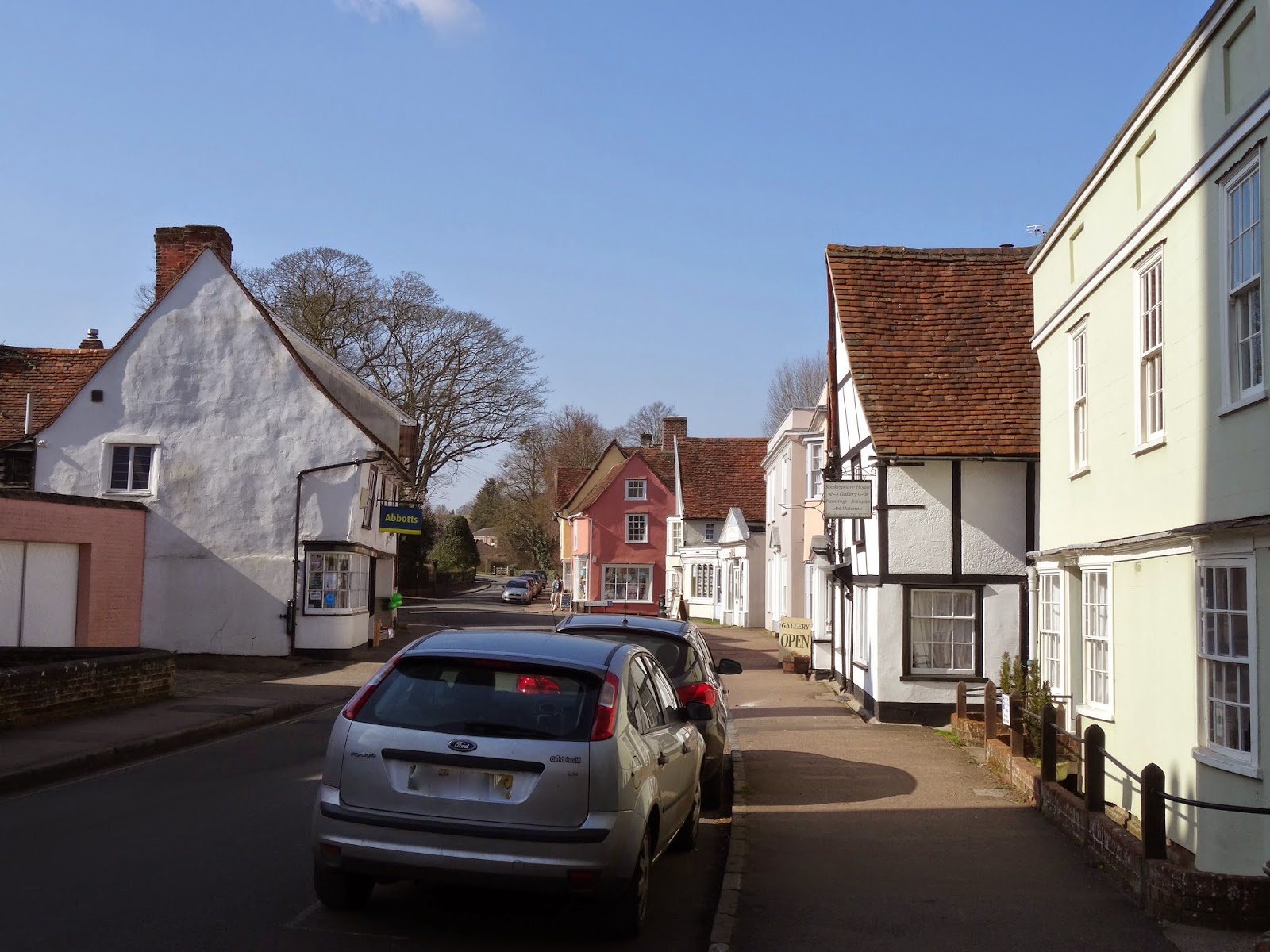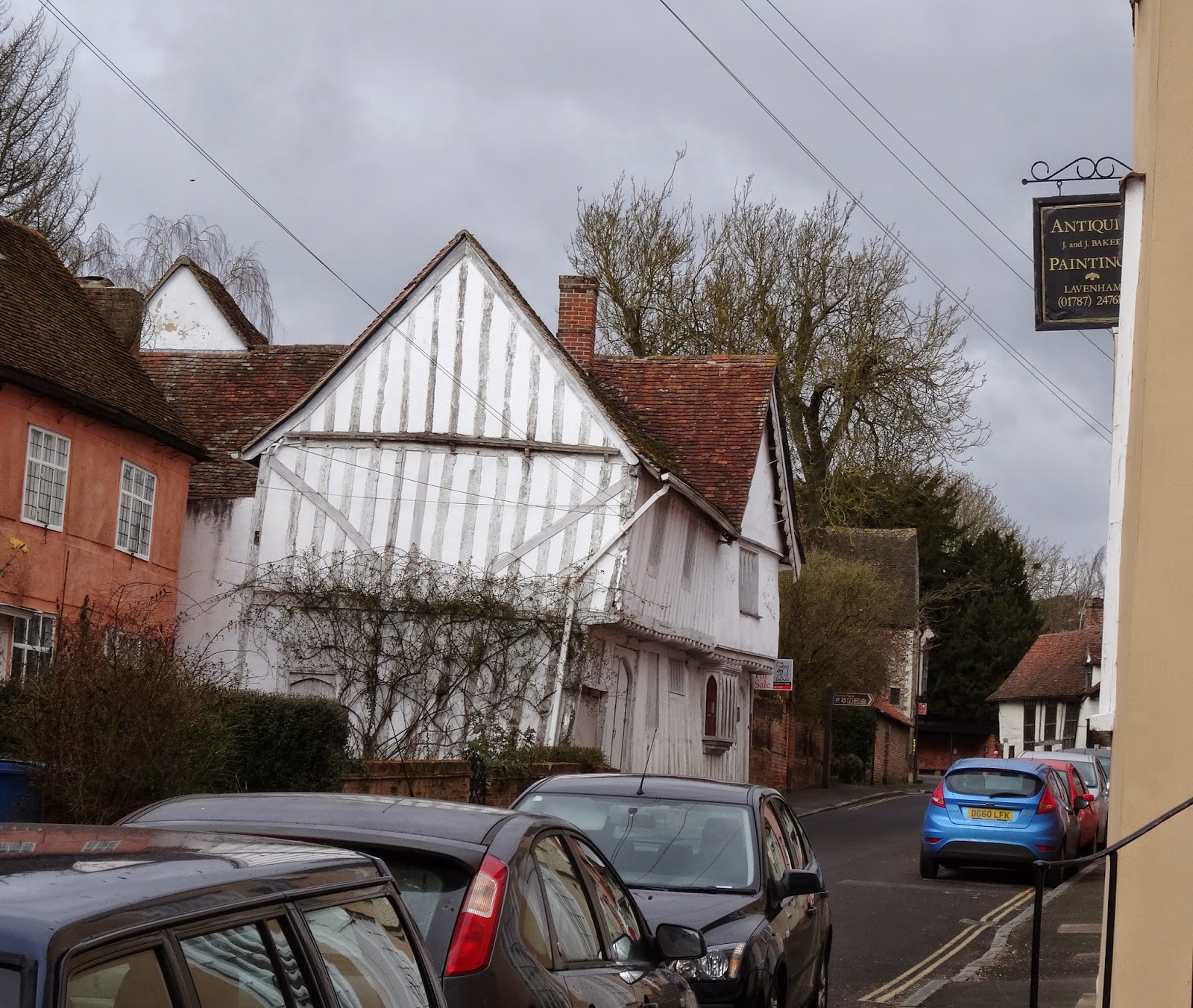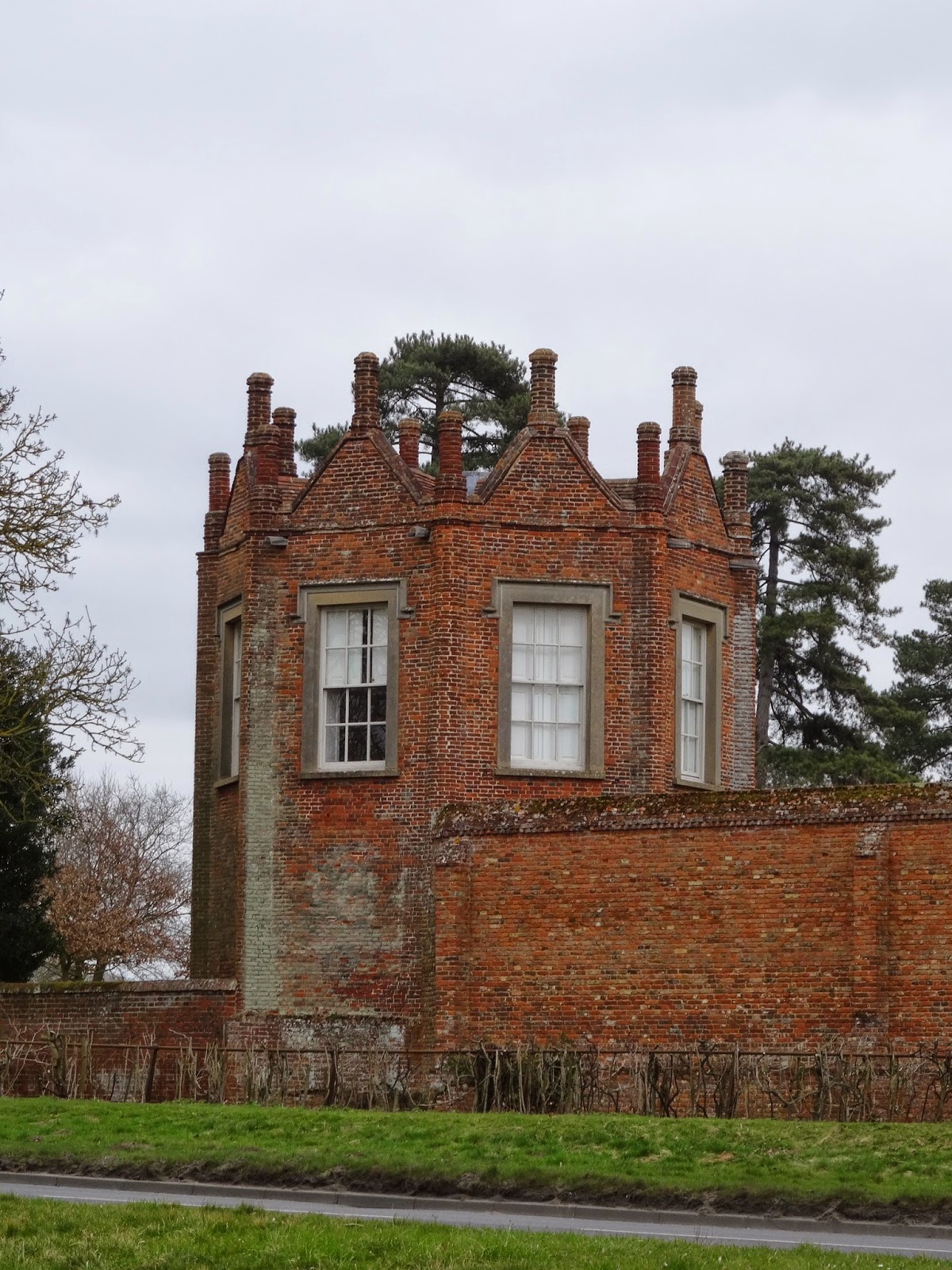Pasolini's film takes as its starting point Euripides tragedy 'Medea', but goes further in developing his screenplay by depicting events that in the play are only spoken of, thereby breaking the Aristotelian Unities of Time and Place, but achieving a far greater dramatic and cinematic effect than would be achieved by the mere direct translation of the play into film. An example of this is the manner in which Pasolini contains Medea's life within that of Jason, her husband: the film opens with scenes from Jason's childhood - 'Every thing is sacred', explains his tutor and guardian the centaur Chiron - and ends with Jason struggling to understand the terrible events that have just occurred.
Both films also share a interest in ritual. The viewer is introduced to Medea in a long scene early in the film in which we watch her, as priestess, preside over a fertility rite, a sparagmos, in her native Colchis (filmed in the strange, haunting landscape of Cappadocia) in which a human victim is sacrificed, dismembered and blood and organs are fed to the growing crops. The remnants of the victim are then burnt. And it is in her role as priestess, before the Golden Fleece, that Jason first encounters Medea. It is a fleeting encounter, perhaps even a dream, but enough to encourage Medea to steal the Golden Fleece and flee to meet with Jason. In an act of utter ruthlessness she slays and dismembers her brother Absyrtus, scattering his body parts, echoing the earlier sacrifice, but here the act is an act of utter utility - simply a way of diverting her father from her pursuit. In her escape with Jason and their journey to Greece we witness Medea's loss of spiritual power - a process that perhaps begins with the slaying of her brother and culminates with her ritual redressing as Greek.
The later scenes take place some ten years late in Corinth, (where they, according to the legend, have gone into exile). Medea has been abandoned by Jason who is now betrothed to the King's daughter Glauce. Medea is distraught and in plotting her terrible revenge regains her powers, and uses them to do terrible things.
An outline knowledge of the legends of both Jason and Medea would be useful in understanding the action as it unfolds on screen. A note too that Pasolini working in collaboration with Elsa Morante supervised the strange hieratic score that contributes so much to the film.
Medea
1969
Director: Pier Paolo Pasoloni
Producer: Franco Rossellini & Marina Cicogna
Cinematographer: Ennio Guarnieri
Director: Pier Paolo Pasoloni
Producer: Franco Rossellini & Marina Cicogna
Cinematographer: Ennio Guarnieri






































